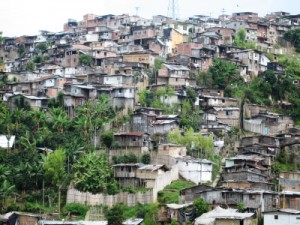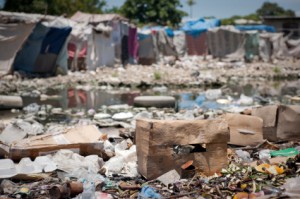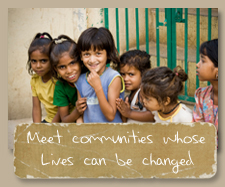Currently, worldwide, over a billion people live in slums. The UN recently identified the shift from rural to urban dwelling as the defining issue of the 21st century.
- By the year 2030, an additional 3 billion people, about 40 percent of the world’s population, will need access to housing. This translates into a demand for 96,150 new affordable units every day and 4,000 every hour. (UN-HABITAT: 2005)
- One out of every three city dwellers – nearly a billion people – lives in a slum and that number is expected to double in the next 25 years. (Slum indicators include: lack of water, lack of sanitation, overcrowding, non-durable structures and insecure tenure.) (UN-HABITAT: 2006)
- As much as 70 percent of the urban housing stock in sub-Saharan Africa, 50 percent in South Asia, and 25 percent in Latin America and the Caribbean is of poor quality and not in compliance with local regulations. (Kissick, et al: 2006) * statistics from Habitat for Humanity website
The Way Slums Impact Society
- Major health crises
- Breeding grounds for crime
- Create unsafe environments for children
- Reduce life expectancy
- Increase social problems – gambling, prostitution, alcoholism
- Break down the structure of families and ultimately the fabric of society
- Deprive people of human dignity and determination to succeed
The Way Slums Impact Governments
- Cost of health care for serious disease outbreaks
- Cost of emergency care in the event of floods/landslides
- Breeding ground for terrorist activities
- Cost of policing problem areas
- Cost to the environment of unsanitary water and waste
- Futile wastage of manpower resources










